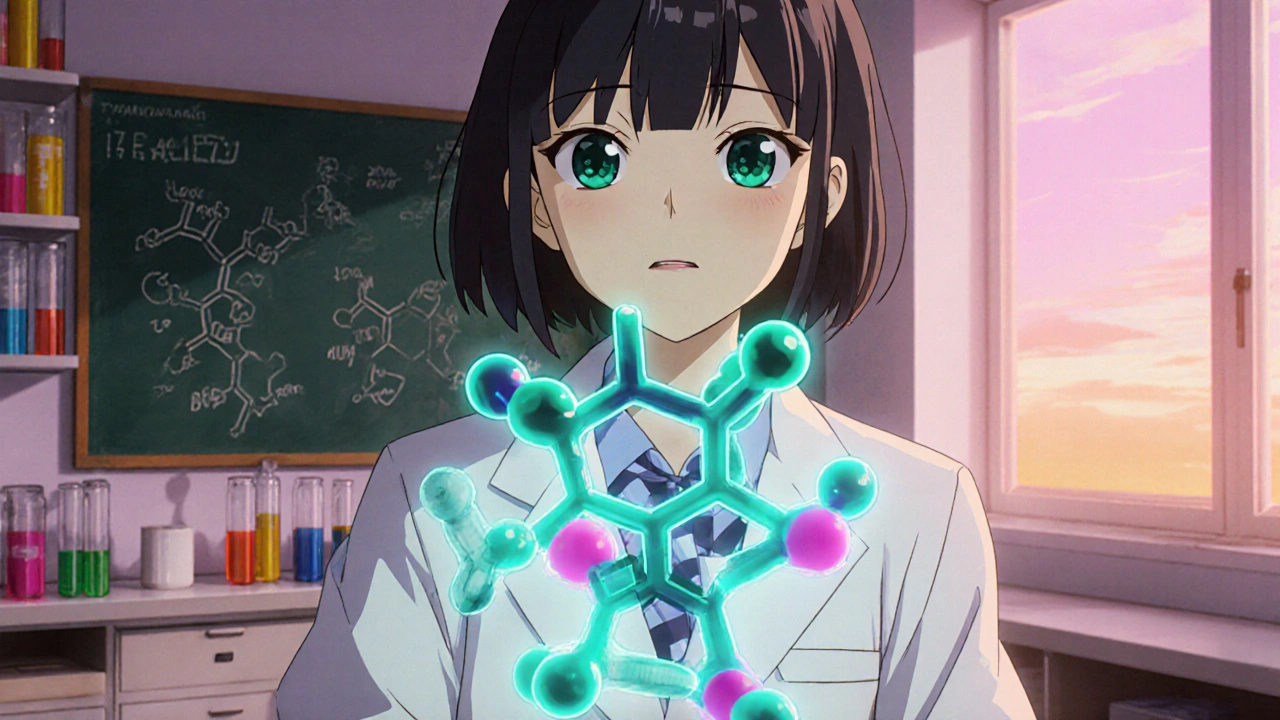Glucocorticoid Receptor: Role, Mechanisms, and Clinical Insights
When working with glucocorticoid receptor, a protein that binds glucocorticoid hormones and regulates gene expression. Also known as GR, it functions as a transcription factor influencing metabolism, inflammation, and stress response. glucocorticoids, natural or synthetic steroid hormones that activate the glucocorticoid receptor serve as the primary ligands for this receptor. The receptor also belongs to the larger nuclear receptor family, a superfamily of intracellular proteins that regulate gene transcription in response to small molecules. The glucocorticoid receptor encompasses glucocorticoid binding, requires hormone activation to modulate DNA, and influences downstream anti‑inflammatory pathways. Activation of the glucocorticoid receptor therefore requires glucocorticoid hormones and, once bound, it translocates to the nucleus to act as a transcription factor.
Understanding how the glucocorticoid receptor works is critical for anyone using corticosteroid therapy, medical treatment that employs synthetic glucocorticoids to suppress inflammation. These drugs exploit the receptor’s ability to switch off pro‑inflammatory genes while turning on genes that help restore tissue balance. Because the receptor also interacts with co‑activators and co‑repressors, small differences in drug structure can produce varied clinical outcomes, from robust anti‑inflammatory effects to unwanted metabolic side effects. Knowing the receptor’s role as a transcription factor helps clinicians predict which patients might benefit most and where monitoring is essential.
Key Concepts and Practical Applications
The glucocorticoid receptor’s activity is modulated by several molecular switches. Post‑translational modifications such as phosphorylation can alter its DNA‑binding affinity, while chaperone proteins like Hsp90 keep it in a ready state until hormone exposure. In diseases like asthma, rheumatoid arthritis, and certain cancers, altered receptor signaling can either drive pathology or provide a therapeutic target. For researchers, measuring receptor expression levels or assessing its transcriptional activity offers a window into disease mechanisms and drug efficacy.
Beyond classic corticosteroids, newer selective glucocorticoid receptor modulators aim to separate anti‑inflammatory benefits from metabolic drawbacks. These agents fine‑tune the receptor’s interaction with co‑factors, offering a promising route for patients who need long‑term inflammation control without severe side effects. The ongoing development of such modulators underscores the importance of a detailed grasp of receptor biology and its downstream gene networks.
If you’re a healthcare professional, a student, or simply curious about how hormones shape the body’s response to stress and injury, the articles below will give you concrete data, dosage tips, and safety considerations. From drug comparisons to mechanistic deep‑dives, the collection covers the most relevant aspects of glucocorticoid receptor science and its therapeutic landscape.
Dive in to see how the glucocorticoid receptor connects to everyday medication choices, what the latest research says about selective modulators, and how you can apply this knowledge to make better health decisions.
Mometasone Furoate Explained: Structure, Pharmacology & Clinical Use
By Lindsey Smith On 23 Oct, 2025 Comments (9)

A deep dive into mometasone furoate's chemistry, how it works, its pharmacokinetics, clinical uses, safety and how it stacks up against other steroids.
View More




